Human Rights Watch and child labour in Zim
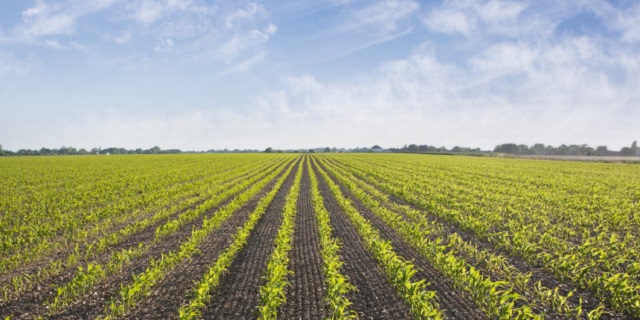
Francis Mupazviriho, Correspondent
Three significant events seemingly unrelated but connected in actual fact, albeit indirectly, happened in the past three weeks.
The biggest news was that of President Emmerson Mnangagwa’s historic visit to China, the world’s second largest economy which happens to be one of the top markets for Zimbabwean tobacco.
As the cameras flashed in Beijing, all marking an escalation of diplomatic relations between Zimbabwe and China in the new epoch and with Xinhua and the rebranded China Global Television Network (CGTV) providing granular details about the bilateral visit in their coverage, Human Rights Watch was launching its study titled A Bitter Harvest: Child Labour and Human Rights Abuses on Tobacco Farms in Zimbabwe, back at home.
The third point is that the report came two weeks after the opening of the 2018 tobacco marketing season, with its timely release seeking to bring another narrative to the spectre of tobacco farming in Zimbabwe, albeit from the perspective of children’s rights. The report alleged serious use of child labour in the production of the Zimbabwean golden leaf which has been cited as one of Zimbabwe’s success stories of the post-land reform era.
Given the coincidence of the release in terms of the broader politics at the international level in that week, there is no doubt that the study sought to gain currency, much as it sought to be a timely antithesis to events in Beijing.
Al Jazeera internationalised the story which was picked up by other publications such as the Guardian and others in South Africa and of course back at home.
It is trite to note that there are numerous interventions to protect children in general. The report’s opportune release and its details, however had a motive to use child labour as a smokescreen for ulterior motives by Human Rights Watch.
It is telling that the back-cover page of the publication has a picture of a child roaming at the tobacco auction floors, ostensibly to show a manifestation of child labour in Zimbabwe.
The study identified symptoms deemed “consistent with nicotine poisoning” including nausea, vomiting, loss of appetite, headaches and dizziness.
From a cursory analysis it is difficult to accept a correlation against the backdrop of scientific test results to locate the identified symptoms and the alleged nicotine poisoning.
After going through the entire 105 pages of the report, breaking precept by precept and line by line, it became clear that the report’s reference to the hazardous conditions by child labourers sought to conflate an economic success story to the shoulders of child labourers.
Yet despite these apparent flaws, Government met with the Human Rights Watch in the spirit of mutual dialogue in line with the values enunciated by the new dispensation in terms of the state-civil society relations, notwithstanding the contents of the specific study, open to debate.
Human Rights Watch agreed to some of the shortcomings but it was water under the bridge because the damage had already been done, as the report used questionable sampling methods.
While child labour is a serious problem the world over and in varying degrees, the import of the research is questionable given: the likelihood of defying basic research ethics by interviewing minors who could possibly not have known the import of the research and the already identified politicisation of child labour in general.
Though a brief section explained the methodology, the concerns emanating from the validity of the research, are well founded on page 19 which cited a “difficult environment” in Zimbabwe, in a bid to possibly cover up for the omission of not reaching out to Government and only doing so after the interviewees with tobacco workers had been concluded.
The extent that the authors would want to regard Zimbabwean tobacco as a “Bitter Harvest” is however cause of concern.
The International Labour Organisation (ILO) notes that child labour refers to work that is “mentally, physically, socially or morally dangerous and harmful to children.” The commonly cited problems emanating from child labour include interference with educational opportunities.
Some of the worst forms of child labour include: child trafficking, serfdom, child commercial sexual exploitation, pornography, drug trafficking and the previously cited harmful work.
In general terms child labour is often caused by poverty and diseases, which are some of the contributory factors to the emergence of child headed households which ultimately increase vulnerability, hence resulting in child labour in its different magnitudes.
In a bid to ascertain the extent of child labour in the country, the Government carried out surveys in 1999, 2004, 2008 and most recently in 2014.
Government commissioned surveys generally found child labour, including in the agricultural sector in general terms.
Considering the submissions of the research, it is also imperative to make an academic distinction between child labour and child work and to also understand the social, economic and even the historic context.
At times there is a general confusion of the two and in some instances, there are deliberate misrepresentations seeking to conflate matters. Our rural economy is largely agrarian, and all the agricultural processes are not isolated from the family organisation.
Farming in general is therefore a question of livelihood for thousands of families.
The involvement of children is thus situated in this tradition of work, self-sustenance and inclusion in subsistence farming processes.
The report doesn’t focus on these aspects much, choosing to rather identify the alleged hazardous conditions under which children work on tobacco farms.
Though citing the health and educational aspects of what are identified cases of child work, it would however seem that the import of the study concerns decent work by way of providing protective clothing and other safeguard measures to all workers on tobacco fields including adults.
These are all compliance issues relating to the conditions of service, wage structure and compliance to regulation in terms of collective bargaining agreements which seek to ensure a win-win for all workers.
Given that the alleged effects are largely medical in nature, it is thus imperative to carry out scientific researches by the relevant bodies to determine the authenticity of the effects of handling the golden leaf.
Zimbabwe has instruments to protect the rights of children, such as Section 81 of the constitution which provides for the rights of children including from child labour. Other key legislations are Children’s Act (Chapter 5: 06) and the Labour Act [28:01].
The Labour Act provides for the employment of young persons with the 2015 amendment increasing the age of admission into employment from 15 to 16 years. This was meant to ensure that children complete their studies before employment.
Zimbabwe is party to several human rights treaties such as the ILO Convention No 138 Minimum Age Convention which states that children between the ages of 13 to 15 participate in light work.
This is a minimum condition and Zimbabwean laws are a notch higher than the international conditions.
It is trite that each country has got its laws relating to labour and these relate to the specific contexts in each scenario.
These variances in terms of legal age of employment in the international realm, are based on the differences of laws between countries, among other factors.
Treaties to which Zimbabwe is party to include: The International Labour Organisation (ILO) No 182 (The Worst Forms of Child Labour Convention), the United Nations Convention on the Rights of the Child and the African Charter on the Rights and Welfare of the Child.
While “complicity” towards child labour is attached to Zimbabwe as the state actor, the report further extends the same mark to some leading 31 companies “sourcing” tobacco from Zimbabwe.
Among some of the companies which have received this communication to ensure that they are not part of the supply chain in sourcing tobacco from the sweat of children include the British American Tobacco (BAT), China National Tobacco Cooperation and Contraf Nicotex Tobacco GmbH.
Though asserting that this is in line with the United Nations Guiding Principles on Business and Human Rights and the Organisation for Economic Cooperation and Development (OECD), it also evident that the real basis of the study is to potentially scuttle the dividends of tobacco farming, by alleging endemic use of child labour when in fact all this is a subterfuge for Zimbabwe’s economic and political processes with the rest of the world and in the aftermath of Operation Restore Legacy.
There is no doubt that these scenarios reignite the debate about banning tobacco, which leading producing states have vehemently stuck against as it constitutes a key economic activity central to livelihoods.
By citing the hazardous conditions towards children, the intended target is to show the health effects of handling tobacco leaf, without explicitly reigniting the old debate about banning tobacco related products at the end of the chain, which however have a health disclaimer and a legal age of consumption.
These are thus the underlying dynamics of the question of child labour which ordinarily is worrisome especially in terms of other risks such as child sexual exploitation, which the study is less interested in, all for intricate political and economic designs.
There are numerous interventions towards child protection and these include: the National Action Plan for Orphans and Vulnerable Children (NAP for OVC) Programme, Harmonised Social Cash Transfer Programme, the Basic Education Assistance Module (BEAM) Programme, Health Assistance, Public Assistance and the Food Deficit Mitigation Programme/ Drought Management.
These all constitute efforts to address child protection issues in general. The report’s reference to Zimbabwe’s alleged use of child labour is a scheme for the intricate domestic-and international matrix.
But in the spirit of engagement and especially considering the subject matter of children (despite contestations on the findings and allegations), it is imperative for continued engagement as opposed to publishing reports first and then engaging afterwards.
Feedback [email protected]

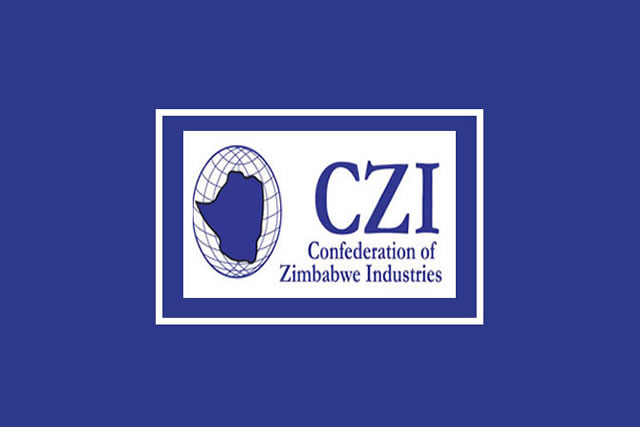
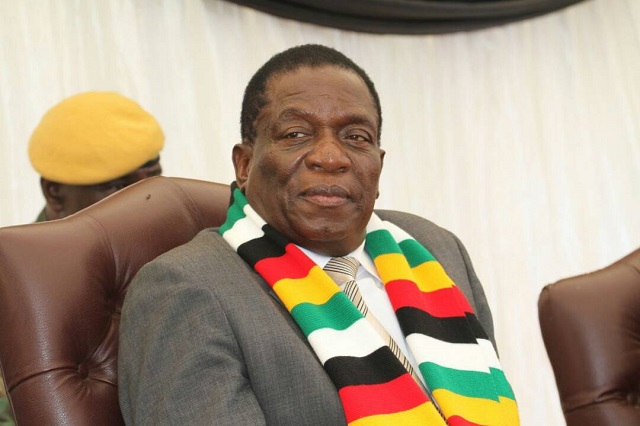
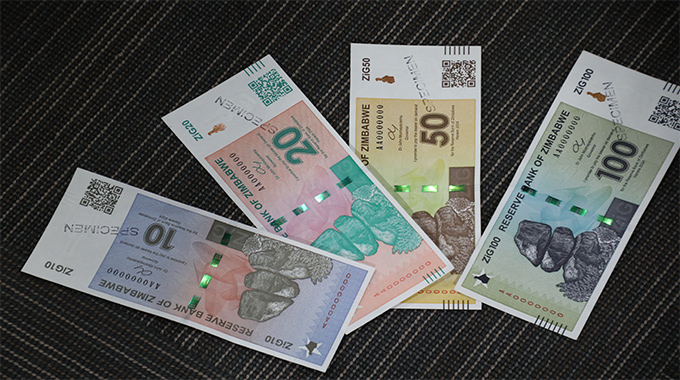
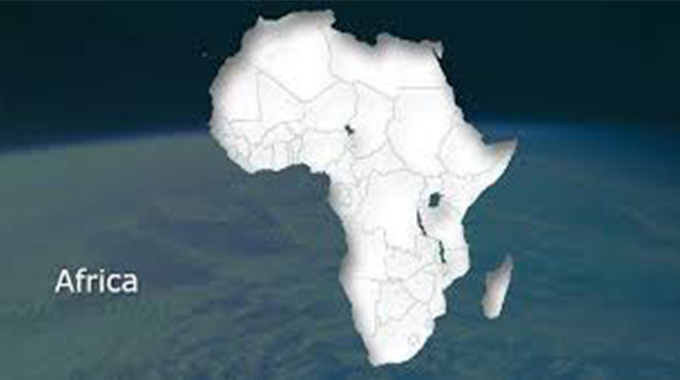







Comments